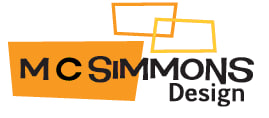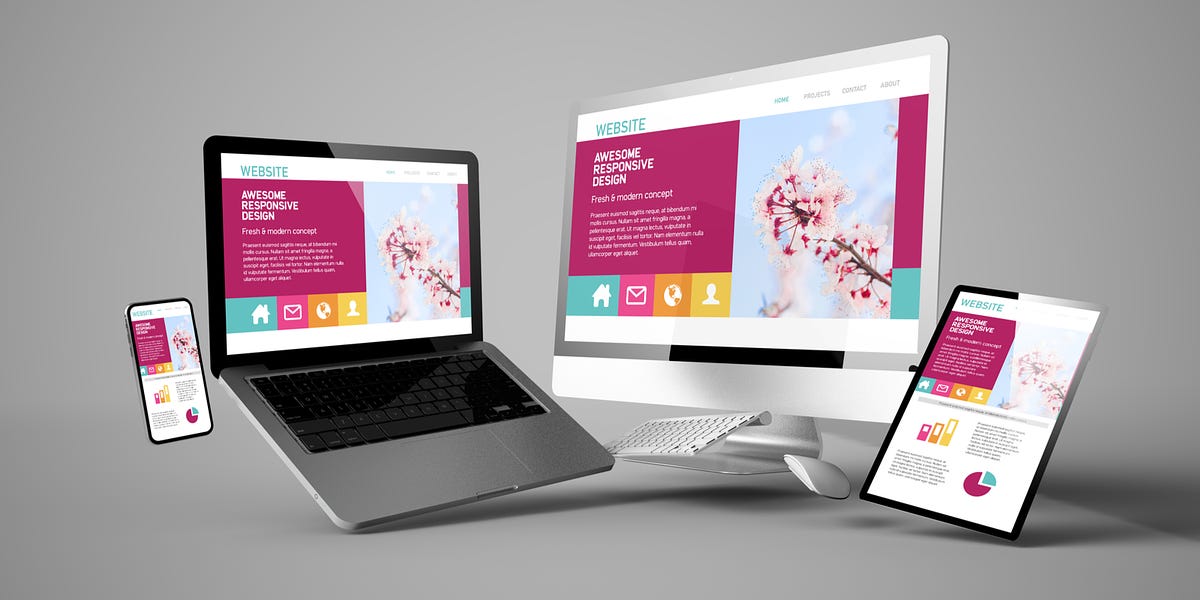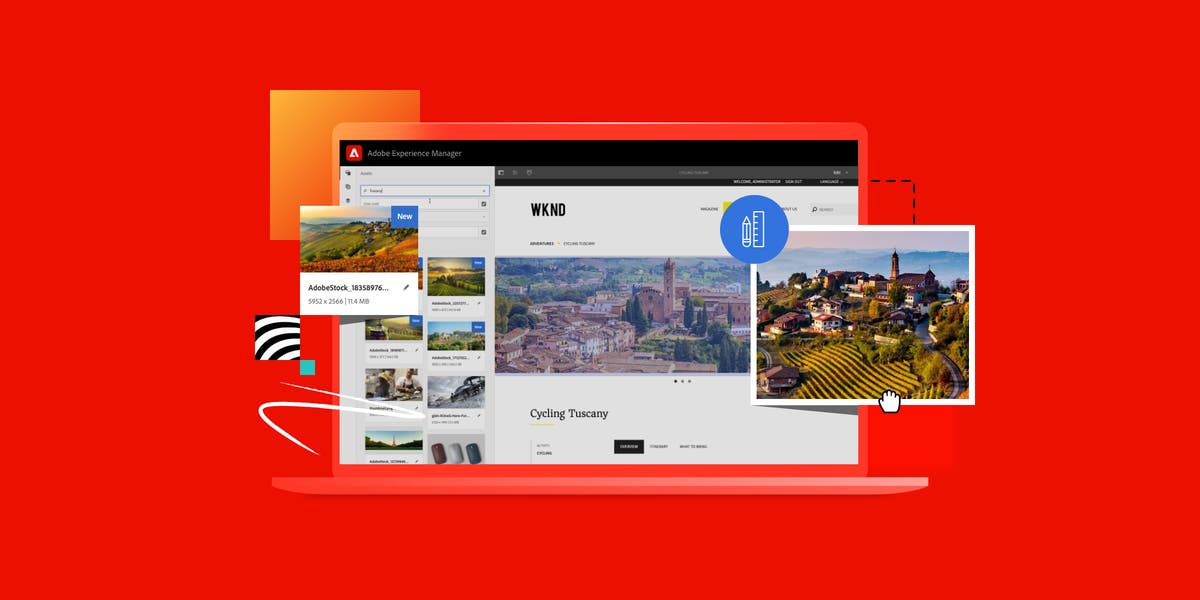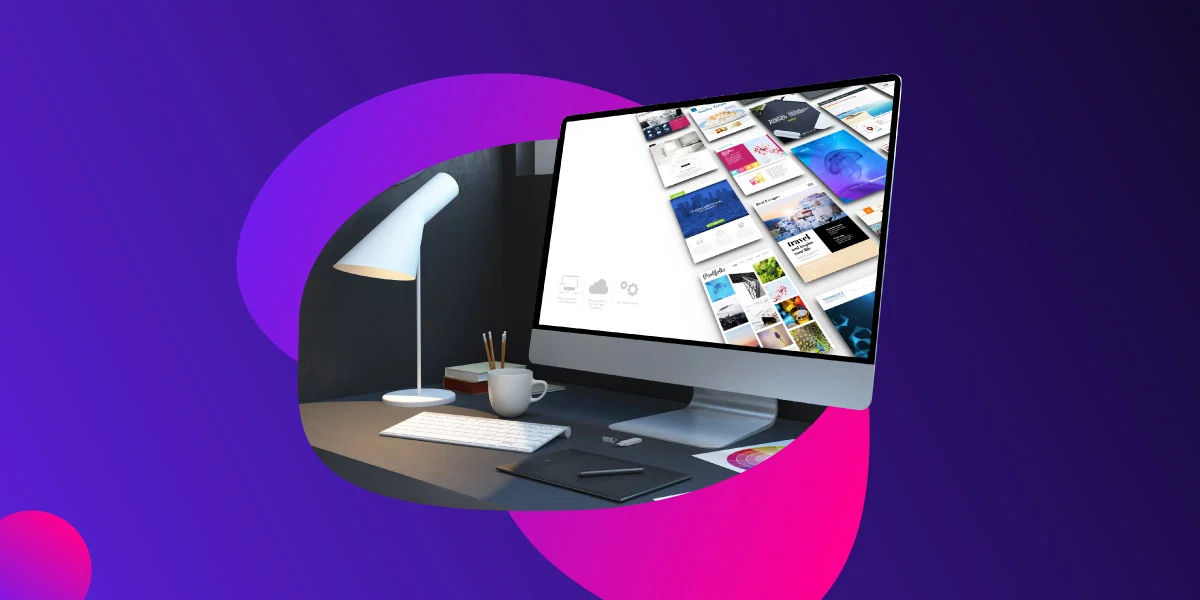In the dynamic world of web design, staying abreast of modern trends is essential for creating visually stunning websites that captivate and engage users. As technology advances and design preferences evolve, web designers are constantly exploring new techniques, styles, and technologies to push the boundaries of creativity and deliver immersive digital experiences. Let’s delve into some of the latest trends shaping the landscape of modern web design and discover how they contribute to the creation of visually stunning websites.
1. Minimalism and Simplified Design
In recent years, minimalism has emerged as a dominant trend in web design, characterized by clean layouts, ample white space, and streamlined aesthetics. By removing clutter and unnecessary elements, minimalist designs place the focus squarely on essential content and functionality, resulting in elegant and visually appealing websites. This approach not only enhances user experience by reducing cognitive load but also fosters a sense of sophistication and modernity.
2. Bold Typography and Expressive Fonts
Typography plays a crucial role in shaping the visual identity of a website and conveying its message effectively. Modern web designers are increasingly embracing bold typography and expressive fonts to create impactful and memorable designs. Whether it’s using oversized headlines, playful lettering, or custom typefaces, typography adds personality and visual interest to websites, elevating their overall aesthetics and making them stand out in a crowded digital landscape.
3. Vivid Colors and Gradients
Gone are the days of muted color palettes and bland backgrounds. Today’s web designers are harnessing the power of vivid colors and gradients to infuse websites with energy, vibrancy, and emotion. Bold color choices not only grab users’ attention but also evoke specific moods and emotions, effectively communicating the brand’s identity and message. By strategically incorporating color gradients and duotones, designers can create depth and dimensionality, adding visual interest and sophistication to their designs.
4. Immersive Multimedia Experiences
With the increasing bandwidth and capabilities of modern web browsers, multimedia content such as videos, animations, and interactive elements have become integral components of web design. From hero videos that set the tone for the website to subtle animations that delight and surprise users, multimedia elements add richness and interactivity to online experiences, making them more engaging and memorable. By seamlessly integrating multimedia content into their designs, web designers can create immersive experiences that leave a lasting impression on users.
5. Responsive and Interactive Design
As users increasingly access the internet on a diverse range of devices, responsive and interactive design has become essential for creating seamless and intuitive experiences across platforms. Modern web designers are leveraging techniques such as parallax scrolling, microinteractions, and dynamic content to engage users and encourage interaction. By designing with responsiveness and interactivity in mind, designers can ensure that websites adapt seamlessly to different screen sizes and devices, providing a consistent and enjoyable experience for users.
Conclusion: Pushing the Boundaries of Creativity
In conclusion, modern trends in web design are continually evolving, driven by advancements in technology, shifts in user behavior, and changing design preferences. By embracing minimalism, bold typography, vivid colors, immersive multimedia, and responsive design, web designers can create visually stunning websites that captivate and inspire users. As the digital landscape continues to evolve, designers must remain agile and innovative, pushing the boundaries of creativity to deliver experiences that resonate with users and elevate the artistry of web design.




